Understanding the 2024 Budget
Key Changes in the Government's Latest Budget and Their Impact on Businesses
The recent government budget has introduced several significant changes that will have a major impact on businesses across the UK. The last budget under a Labour Government, presented on 24th March 2010, occurred in a vastly different political and economic climate, shaped by the aftermath of the 2008 financial crisis. This year, anticipation was high, with many watching to see how the new administration would tackle challenges such as the pandemic, supply chain disruptions, Brexit-related issues, cost of living pressures, and rising interest rates.
Since the budget's release, responses have been mixed, particularly among businesses. Many of the changes announced are expected to increase the tax and cost burden on nearly every business, with significant hikes in National Insurance Contributions and the national minimum wage, raising concerns among business owners.
To help businesses understand the potential impact, we’ve outlined the key changes that could have the most significant effect on companies in 2025.
Plan ahead for tax changes. Staying informed about upcoming budget adjustments and making timely adjustments to your business strategy can save you significant costs and help you remain competitive.
National Insurance Contributions
The government has introduced a 1.2% increase in National Insurance Contributions (NICs) for employers. Alongside this, the threshold at which businesses begin paying NICs will decrease from £9,100 to £5,000. This reduction in the threshold is set to remain in place until April 2028, after which it will be adjusted in line with the Consumer Price Index (CPI). Unsurprisingly, this change has drawn criticism, particularly due to the additional financial strain it will place on businesses. More than 200 leaders in the hospitality industry have warned that this, combined with the increase in the national living wage, could add up to an additional £3.5 billion in annual costs for the sector. Some have called for a review of this decision, suggesting the introduction of a 5% rate for workers earning between £5,000 and £9,100, or a lower threshold for those working less than 20 hours per week.
In the short term, businesses should review their payroll budgets for 2025, especially those with high labor costs. The increased Employment Allowance, which will rise to £10,500 and no longer be restricted to companies with NIC bills under £100,000, can help offset some of the added employment costs. Other strategies include using salary sacrifice schemes and offering tax-efficient benefits as alternatives to direct salary increases that could strain cash flow.
Capital Gains Tax
As part of the budget, the government has raised the main rates for capital gains tax (CGT) on assets (excluding residential property and carried interest). The lower rate has been increased by 2% to 18%, and the higher rate has risen by 4% to 24%, applicable to disposals made after 30th October 2024.
To mitigate these increased rates, businesses should make use of the Business Asset Disposal Relief, which will maintain a rate of 10% until April 2025, after which it will increase to 14%. It is also scheduled to rise to 18% by April 2026. Additionally, Investors’ Relief remains available, although its lifetime limit will drop from £10 million to £1 million starting in April 2025.
Inheritance Tax Changes
Businesses, particularly in the agricultural and family-owned sectors, will be affected by changes to the Business Property Relief (BPR) and Agricultural Property Relief (APR). From April 2025, the current 100% relief will apply only to the first £1 million of combined agricultural and business property. Beyond that, the relief will be reduced to 50%. This marks a significant shift, as these assets were historically exempt from inheritance tax when passed down through generations. The announcement has already prompted a surge in demand for legal and financial advice, especially among farmers. Some farmers have even taken part in protests outside Westminster in response to these changes.
To manage the potential impact, businesses should consider legacy planning and consult with advisors to structure their ownership in a way that maximizes available reliefs and reduces tax liabilities before the changes take effect.
Stamp Duty Increase
The budget also includes an increase in stamp duty on property transactions for investors and landlords in England and Northern Ireland. The surcharge on additional residential properties for individuals and business purchases of residential property will rise from 3% to 5%. However, the planned 1% increase to the surcharge on non-resident buyers was scrapped, meaning the rate remains at 2%.
In Scotland, the devolved government will reveal its plans for the 2025-2026 fiscal year on 4th December. It is yet to be confirmed whether this will include any increases to the Land and Buildings Transaction Tax, which currently starts at 2% for properties purchased over £145,001 but below £250,000, reaching up to 12% for purchases over £750,000. An additional 6% surcharge applies to most second home purchases under the Additional Dwelling Supplement.
Business Rates Relief
The budget extends the business rates relief for the retail, hospitality, and leisure sectors for another year. Businesses in these sectors will receive a 40% discount on their business rates, up to a maximum of £110,000 per business. However, many have expressed disappointment, particularly in the hospitality industry, as the current discount of 75% is set to expire in April 2025, nearly double the new rate.
To minimize the impact of this reduced discount, businesses in these sectors should adjust their financial planning for 2025 and ensure they are utilizing other available business rates reliefs, such as small business rate relief. Additionally, businesses should explore other government support measures and grants that may help offset rising costs.
Conclusion
This year’s budget marks a shift in fiscal policy, introducing new challenges for businesses, particularly those still recovering from the economic impacts of recent years. With insolvencies at their highest level since 1993, the announcement didn’t provide much reassurance for SMEs. While certain measures, such as the freeze on fuel duty and a reduction in draught alcohol rates, will benefit some sectors, many businesses will face increased costs due to tax hikes and other changes. However, SMEs have demonstrated resilience in the past, and with the recent decision by the Bank of England to reduce interest rates slightly, there is hope for recovery. Despite these positives, inflation continues to rise, and concerns about rising costs, including those linked to the new taxes, persist.





